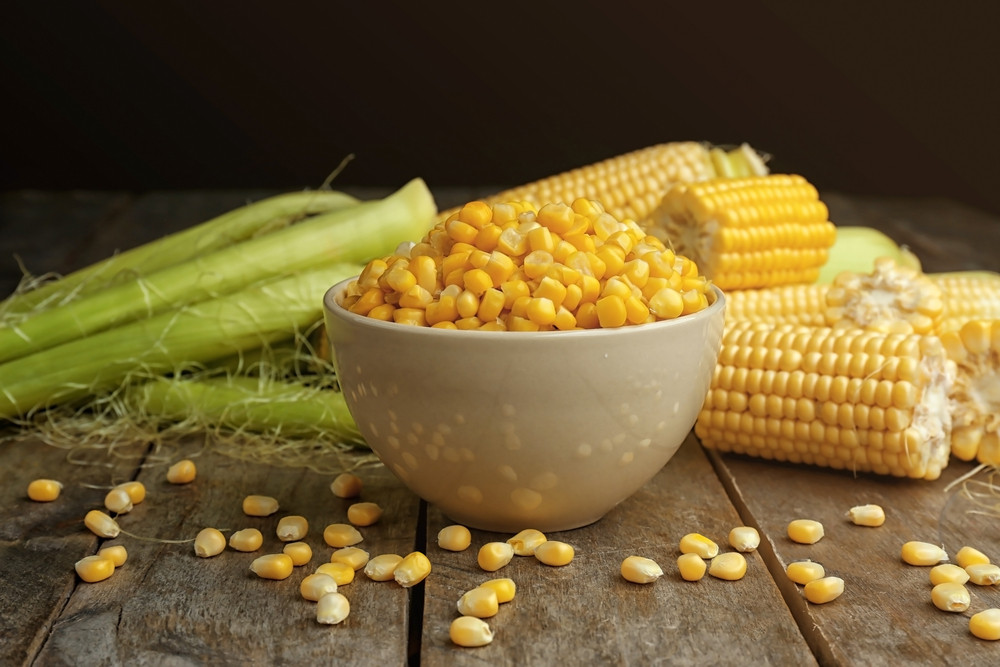Popular Reads
Top Results
Can't find what you're looking for?
View all search resultsPopular Reads
Top Results
Can't find what you're looking for?
View all search resultsA-maize-ing genetic sleuthing rewrites history of corn
The history of corn is far more complicated that previously known, according to scientists who conducted a comprehensive genetic and archeological analysis of its domestication.
Change text size
Gift Premium Articles
to Anyone
T
he history of corn, one of humankind's indispensable staple crops, is far more complicated that previously known, according to scientists who conducted a comprehensive genetic and archeological analysis of its domestication.
The process of turning corn's wild predecessor into a vital food source began 9,000 years ago in Mexico, but an early partially domesticated version was then brought to South America 6,500 years ago, and crucial further development of the plant proceeded in parallel in both places, the researchers said on Thursday.
Until now, it was thought that the domestication process had occurred in south-central Mexico's Balsas River Valley, south of Mexico City, and that corn - also called maize - only later was introduced by people elsewhere in the Americas.
The new findings revealed a previously unknown but pivotal second phase of domestication occurred in the southwestern Amazon region spanning parts of Brazil and Bolivia even as domestication continued in Mexico.
Corn became a global crop after Europeans reached the Americas half a millennium ago. Other crops originating in the Americas include potatoes, sweet potatoes, chocolate, tomatoes, peanuts and avocados.
The researchers analyzed newly sequenced genomes of 40 modern corn varieties and nine archaeological maize samples up to 1,000 years old alongside 68 modern and two ancient corn genomes published previously.
Read also: Healthy white rice may soon be on the menu
"Pretty soon after the beginning stages of domestication, people are already moving this new crop over huge distances, even before the evolutionary process of domestication has fixed all the traits favored by humans," said Logan Kistler, curator of archaeogenomics and archaeobotany at the Smithsonian Institution's National Museum of Natural History in Washington.
The southwestern Amazon already was a hotspot for crop domestication when partially domesticated corn was brought there, with squash, yuca and a native rice being cultivated.
Corn's wild predecessor is a grass called teosinte, with negligible cobs and kernels protected by a tough casing.
"Maize is one of the most important plant species for humans. We grow it at about a billion tons per year and, along with rice and wheat, it's one of the key staple crops that we rely on for a huge proportion of our calories worldwide," said Kistler, lead author of the study published in the journal Science.
"Partly because it's such a critically important species for us, the domestication history of maize is one of the sort of foundational evolutionary events that has ended up massively shaping human life and history."











